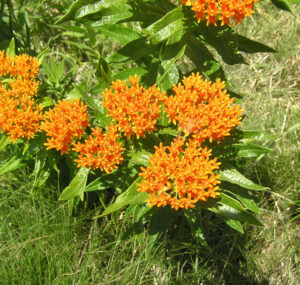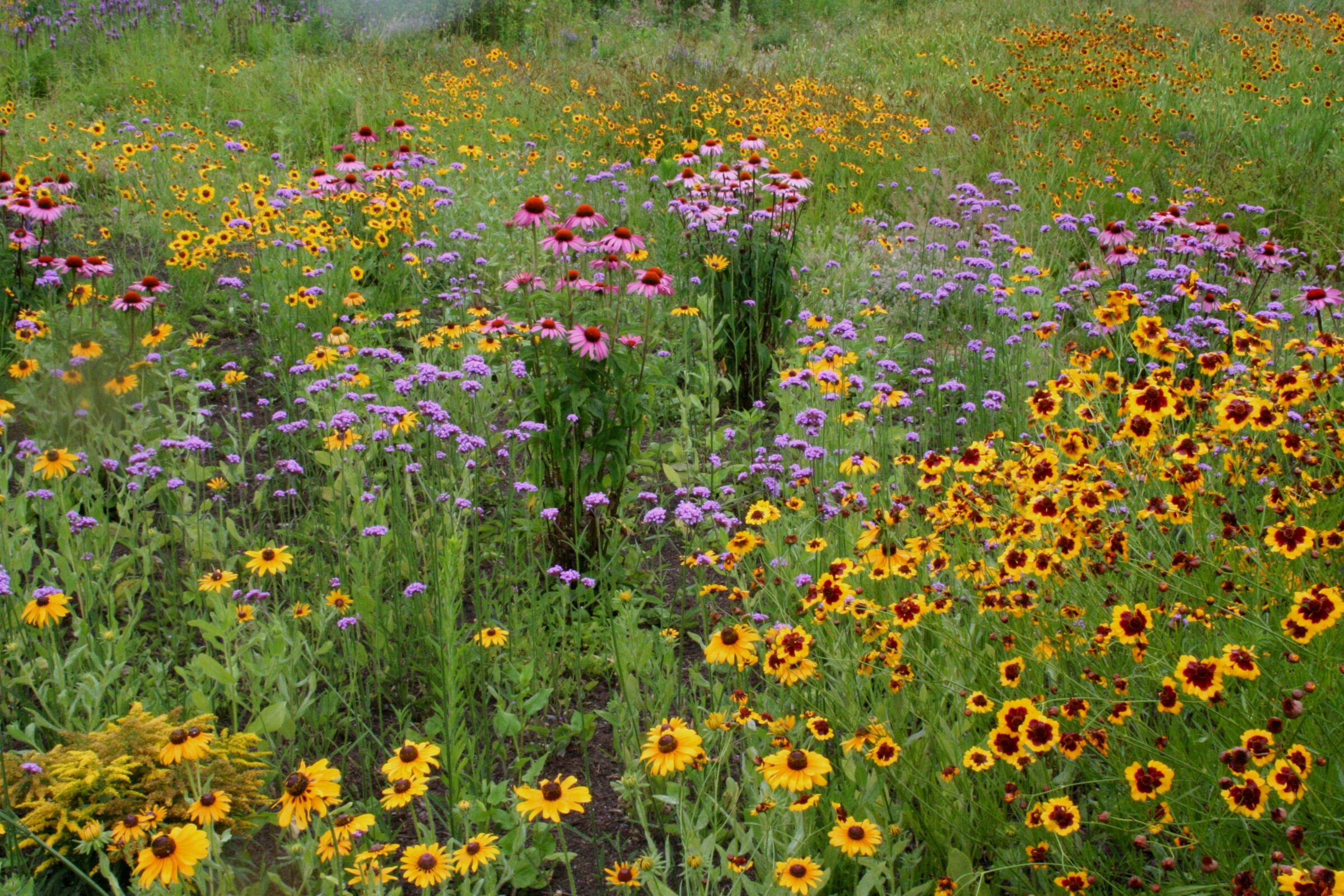As the weather gets warmer and the sun starts shining, you may be starting to see some flower buds opening up to greet you this spring season. Have you ever wondered how flowers know when to bloom? The answer lies in their genes.

Spring buds
The blooming process is initiated by just one protein! As the days start getting longer, and the number of daylight hours begins to increase, a plant protein called “CONSTANS” (“CO”) is activated within the plant. Next, CO triggers another protein known as “Flowering Locus T”, or simply “FT.” Plants produce more FT with warmer temperatures. FT causes the plant to start producing a gene called “APETALA1,” which in turn produces the APETALA1 protein. This protein then activates more than 1,000 other genes involved in the flowering process. For example, it signals genes that are responsible for leaf growth to stop producing leaves, and instead start producing flowers.
Wow! Who knew how much was involved in the flower blooming process? There are even more plant components that participate in this system – we’ve only discussed the primary ones!

Native wildflower Eastern Purple Bladderwort
So, now that we figured out the general process for how plants bloom, you may be thinking to yourself, “Well, not all plants flower at the same time.” And, you would be right!
Different plants blossom at different times in order to further their survival. Once a flower blooms, it is pollinated by insects, such as bees or butterflies. These pollinators help transfer pollen from one flower to another, which fertilizes the plants and leads to seed production. The seeds are then dispersed from the plants by forces like wind or birds, and they eventually germinate and grow into other plants.
If all flowers bloomed at the same time, the bees and butterflies would not be able to pollinate all of them, which would mean that many flowers would not produce seeds. This would pose a problem because the growth of new plants would stop, and ultimately, you would not see as many different types of plants. Thus, different plants bloom at different times of the year in order to give themselves the best chance of survival. We are lucky that this is the case because we get to see a large variety of flowers throughout the spring, summer, and even fall seasons!

Native plant Butterfly Milkweed
Image: Wildflower.org
So, the next time you find yourself enjoying the weather on your front porch or in your backyard, take a moment to appreciate the hidden complexity of the flowers blooming in your garden, and be grateful for the variety of plants that exist in our natural world!
By: Kaitlyn Sherman, Long Island Pine Barrens Society
Sources:
https://www.livescience.com/32529-how-do-flowers-know-when-to-bloom.html
https://www.phipps.conservatory.org/blog/detail/biopgh-blog-how-do-buds-know-when-to-bloom
https://jakesnatureblog.com/2015/06/01/why-do-flowers-bloom-at-different-times-of-the-year/


